Overview
Bandhavgarh National Park is a travel destination in India which is simply unmissable. It is home to the highest density of tigers in the world, and you never know when your eyes meet those of a tiger.Located in the district of Umaria in Madhya Pradesh, it is the abode of the Royal Bengal Tigers, who command awe and reverence in equal measure.Steely gazed and unblinking, they are enough to send numerous chills down the spine. Inside Bandhavgarh, you also come across the Bandhavgarh Fort, whose origins and history is mired in ambiguity.
Flora & Fauna of Bandhavgarh National Park
The incredible variety of fauna inside the park is matched by its dramatic landscape, which often shifts between rocky and hilly. For a wildlife enthusiast Bandhavgarh is one of those places which brings before you nature’s many faces.
Here, the tiger lurks behind the bush, patiently and stealthily! Then, as quickly as you might think, he pounces on his prey with an unbelievable ferocity, power in his arms and grace in his movements. This is Bandhavgarh, this is tiger country!
Besides the tigers, there are around 37 species of mammals, 250 species of birds & 80 species of butterflies in the park. Some of the must see birds in Bandhavgarh are grey hornbill and red jungle fowl. Mammals such as the Nilgai and Gaur (Indian Bison) immediately have the visitors reaching for their cameras!

 +91- 9212777225
+91- 9212777225

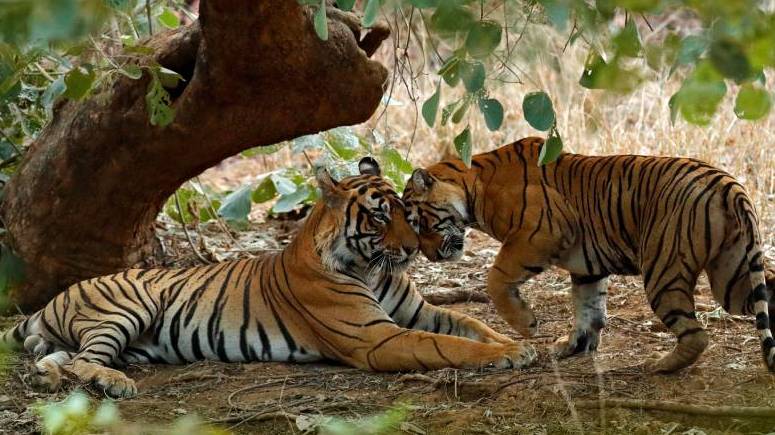

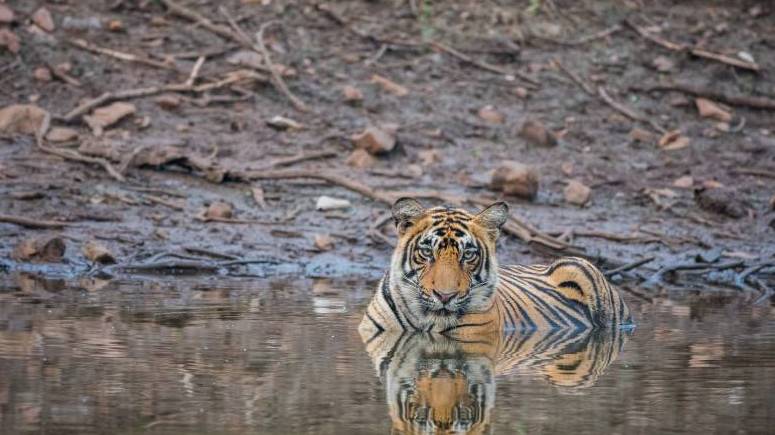
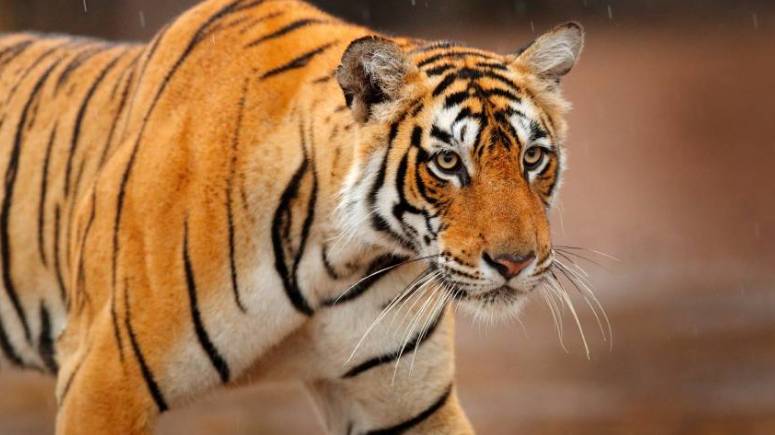









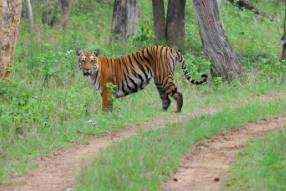
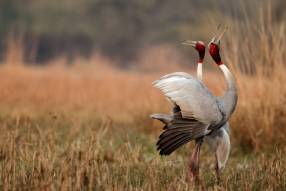



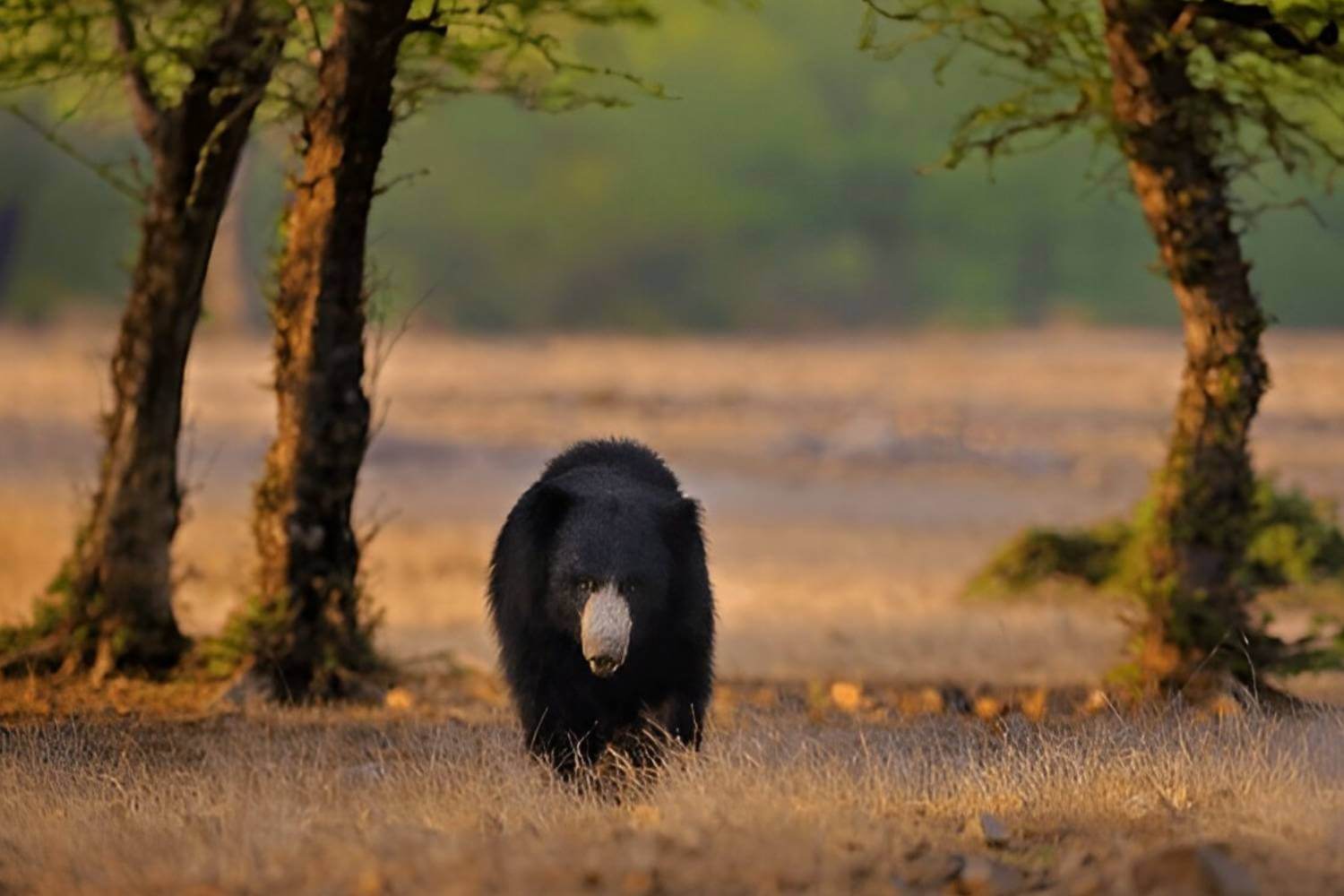




 +91-8744012007
+91-8744012007 Plan Your trip
Plan Your trip